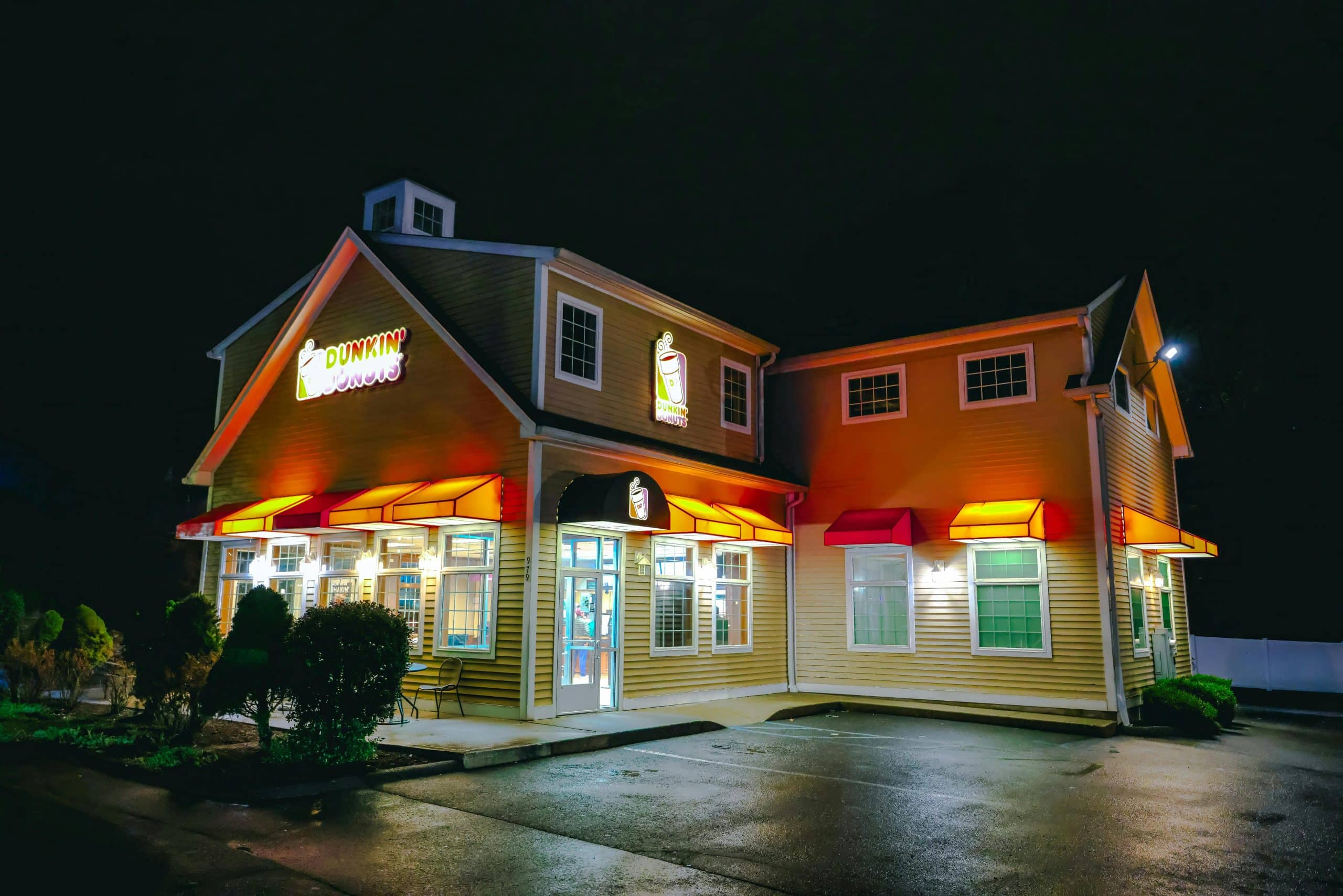CVS Stores, in a significant move, is reshaping the U.S. pharmacy landscape and has announced plans to close 271 stores nationwide in 2025. This decision follows the closure of approximately 900 locations between 2022 and 2024, marking a substantial shift in the company’s retail strategy.
CVS Stores are restructuring to adapt to evolving consumer behaviors, including the rise of digital health services and shifting shopping patterns. The company stated that the closures are based on factors such as population shifts, store density, and community health needs, rather than immediate economic pressures.
CVS Stores Closures
Despite the closures, CVS assures that 85% of the U.S. population will still live within 10 miles of a CVS Store Pharmacy. The company plans to open 30 new stores in 2025, focusing on high-demand areas and introducing smaller-format pharmacies at CVS Stores, which prioritize health services over traditional retail offerings.
Some of the locations slated for closure include:
-
499 Haight Street, San Francisco, California
-
1701 K Street, Sacramento, California
-
3090 S. Monroe Street, Tallahassee, Florida
-
8639 S. Cicero Avenue, Chicago, Illinois
-
9550 Allisonville Road, Indianapolis, Indiana
-
1000 S. Charles Street, Baltimore, Maryland
-
3890 Phelan Blvd., Beaumont, Texas
These closures are part of CVS Stores’ broader initiative to transform its retail presence, focusing more on healthcare services like primary care and wellness programs. The new store formats aim to better serve communities by providing essential health services in more accessible locations.
The pharmacy industry as a whole is undergoing significant changes. Competitors like Walgreens and Rite Aid are also closing stores and reevaluating their business models in response to similar challenges. Rite Aid, for instance, filed for Chapter 11 bankruptcy in May 2025 and plans to close or sell its remaining 1,200 locations.
These developments raise concerns about the emergence of “pharmacy deserts,” particularly in underserved communities where access to healthcare services is already limited. A study published in Health Affairs revealed that nearly 30% of U.S. drugstores closed between 2010 and 2020, disproportionately affecting Black and Latino neighborhoods.
CVS Decision to Close Stores
CVS’s decision to close 271 stores in 2025 reflects a strategic shift towards a more healthcare-focused retail model. While the company aims to enhance service delivery through new store formats and digital health services, the closures may impact communities that rely on local pharmacies for essential healthcare needs. As the pharmacy industry continues to evolve, it is crucial to monitor how these changes affect access to healthcare services across different regions.
According to a CVS spokesperson, the closures are being implemented based on location-specific factors like store density, local market dynamics, and community healthcare needs. It’s not just about cutting costs; it is about transforming how CVS stores serve their customers in a changing world.
“As part of our strategic review, we are focusing on aligning our retail presence with consumer needs and healthcare trends,” the company said in a public statement.
The move is part of a broader transformation strategy that began in 2021. CVS Stores plans to create three store models:
-
Traditional retail pharmacy
-
HealthHub locations focused on medical services
-
Sites dedicated to primary care
While this strategy sounds future-forward, the closures have raised alarm bells in many communities. Cities losing stores include San Francisco, Sacramento, Chicago, Baltimore, Indianapolis, and Tallahassee. In many of these areas, the local CVS Stores are not just a place to fill prescriptions, they are a vital community hub.
Several factors are influencing CVS’s decision, are Consumer shift to online shopping and telehealth, increased competition from Amazon, Walmart, and independent pharmacies. Real estate optimization and digital service investments.
What CVS is for the Future
Additionally, the economic aftermath of the COVID-19 pandemic continues to reshape consumer behavior, with fewer in-person visits and more interest in digital and delivery-based services. CVS says 85% of Americans will still live within 10 miles of a store, but for rural or underserved communities, losing a local pharmacy could mean longer travel times, less convenience, and fewer healthcare options.
CVS is not the only one downsizing. Walgreens is also streamlining its footprint. It is part of a growing trend in retail pharmacy that is seeing national chains shrink even as demand for health services increases.








